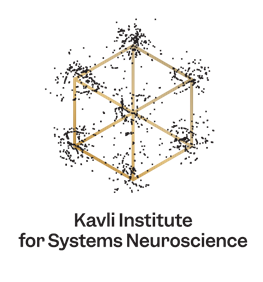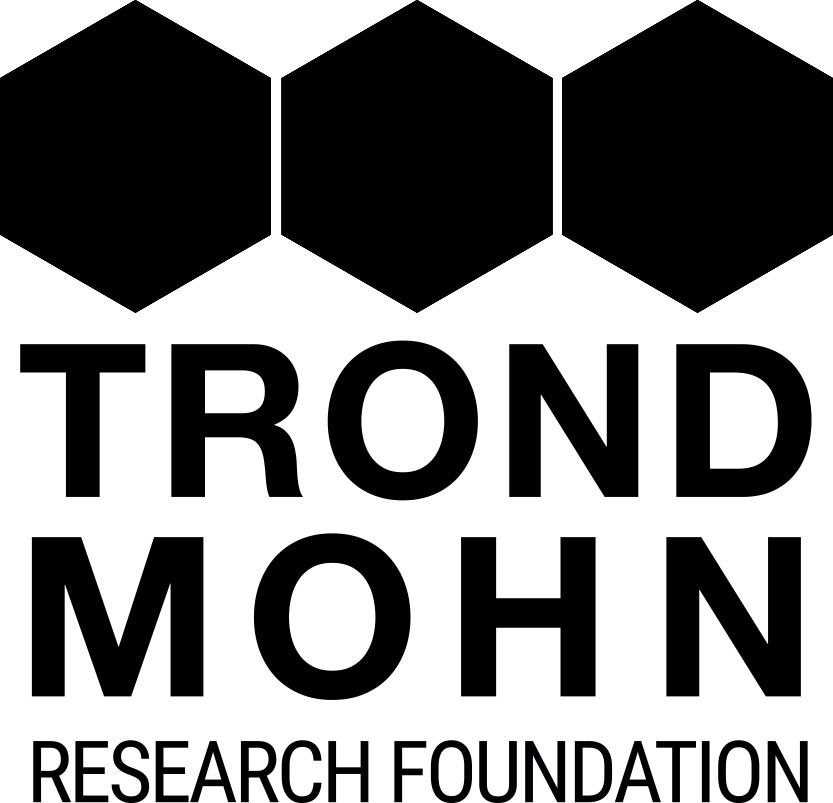Project 3: Role of Cajal-Retzius cells in the development of the hippocampal function
Project 3: Role of Cajal-Retzius cells in the development of the hippocampal function
Background
The project focuses on understanding the role of hippocampal Cajal-Retzius cells in the maturation of the hippocampal region.
Cajal-Retzius cells were discovered at the end of the 19th century by one of the founding fathers of Neuroscience - Ramon y Cajal - but they are still quite mysterious. These cells are crucial during prenatal development for the correct formation of the cortex but then most of these cells die soon after birth.
However, there is one specific part of the brain, the hippocampus (an area very important for learning, memory and spatial navigation), where these cells survive for a long time. For example, in mice, these cells survive for at least 3-5 months after birth.
Research question:
Why are Cajal-Retzius cells surviving only in the hippocampus?
The Quattrocolo Group speculate that they play an important role in the maturation of the neuronal circuits fundamental for memory and spatial navigation. These features mature in mice, as well as in humans, only after birth, and they require several months or years to do so.
Objective and methods
The researchers use a combination of transgenic mice and viral vectors to ablate hippocampal Cajal-Retzius cells at early stages of postnatal development. Research data suggest ablating these cells affects the maturation of the hippocampal circuit.
The researchers then use hippocampal-dependent behavioral experiments to understand how hippocampal functions, such as learning and memory, are affected by the ablation of Cajal-Retzius cells.



